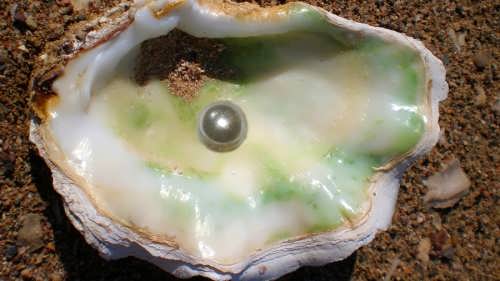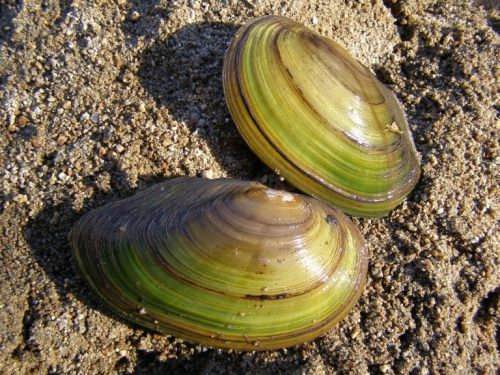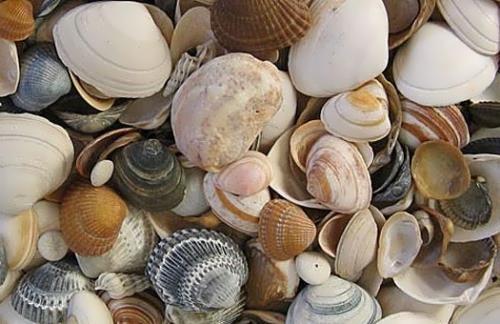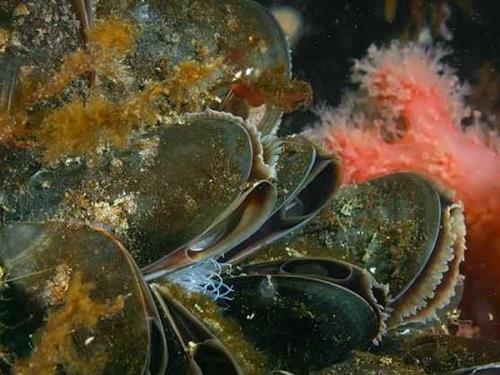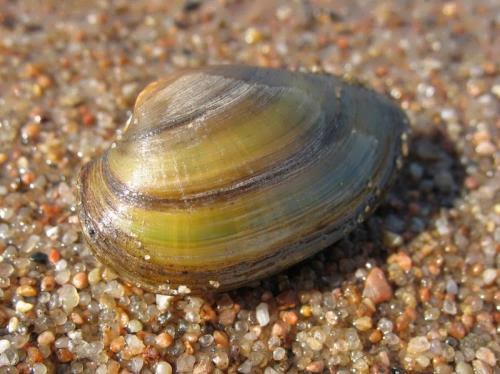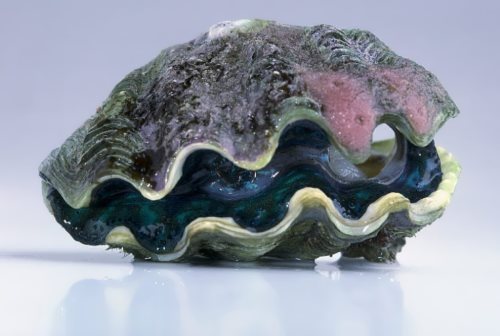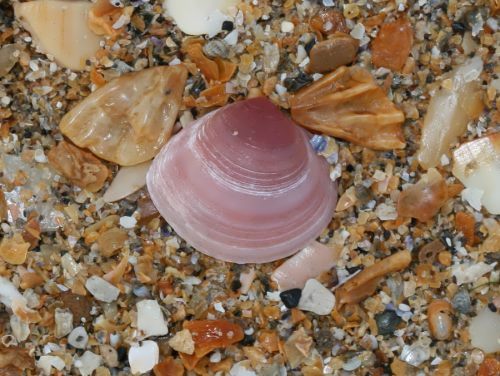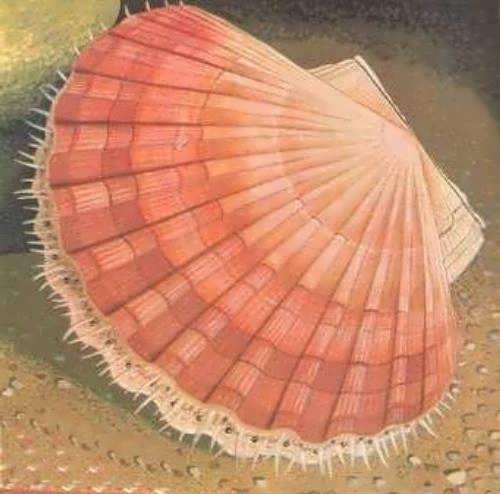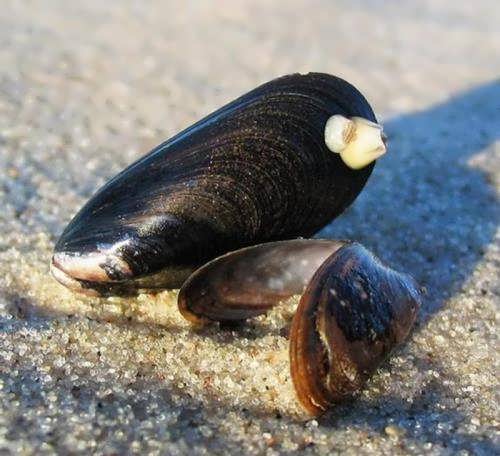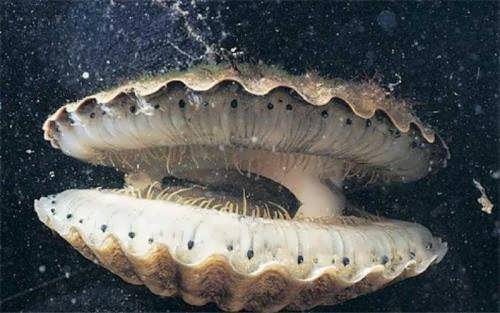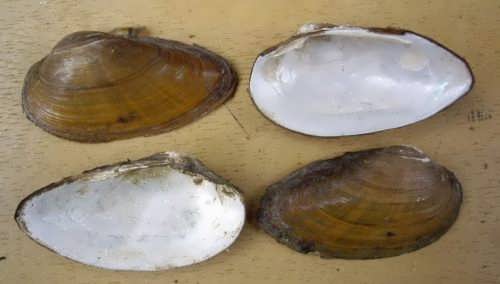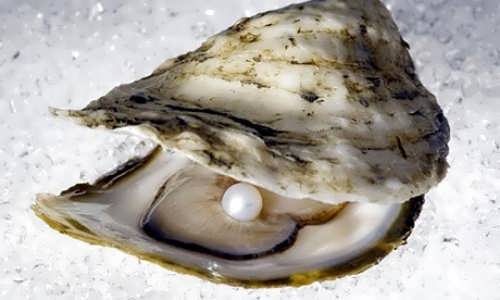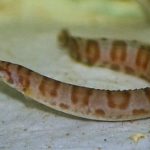Bivalve mollusks
Bivalve mollusks are known by such common names as clams, mussels, cockles, oysters, and scallops. These aquatic invertebrates live in marine and freshwater habitats all over the world. There are more than 30,000 living species of bivalves.
Bivalves range in size from the fingernail-sized “nut shells” to the giant clam which weighs up to 225 kilograms.
Its shell protects soft body. Muscles connect the two valves of the shell and allow closing the shell quickly and tightly. The innermost shiny shell layer is called mother of pearl. Some bivalves build shiny round pearls around particles of dirt that enter their shells.
A bivalve has a nervous system, a digestive system, a heart, and gills instead of lungs. Bivalves lack a well-developed head, and so their sense organs are located on the fringe of the mantle.
Different bivalve species live in different ways. Oysters and ocean mussels spend their lives attached to rocks on the ocean floor. Scallops swim by clapping their valves together and they also have rows of eyes on the lower edges of the mantle. Clams and freshwater mussels move around with a muscular “foot” and use it to dig into sand escaping enemies.
Bivalves are source of food for fish, birds, and people. People make jewelry and crafts out of the shells and pearls.
Interesting facts
– Some species of bivalves are used for water treatment and fabric manufacturing.
– Ancient folk medicine used mussel meat for medicinal purposes.
– Oysters can change sex. It can produce a million eggs in one season. However, only a few of them can survive and grow to adulthood.
– Tridacna gigas is the world’s largest clam. It can weigh up to 333 kg and its shell can be up to 2 meters wide. Its shell is often used as baby bath.
– In France and England in the first half of the 19th century, oysters were considered food for the poor who could not buy meat. However, mollusks’ population reduced and in the second half of the 19th century they became a delicacy.
